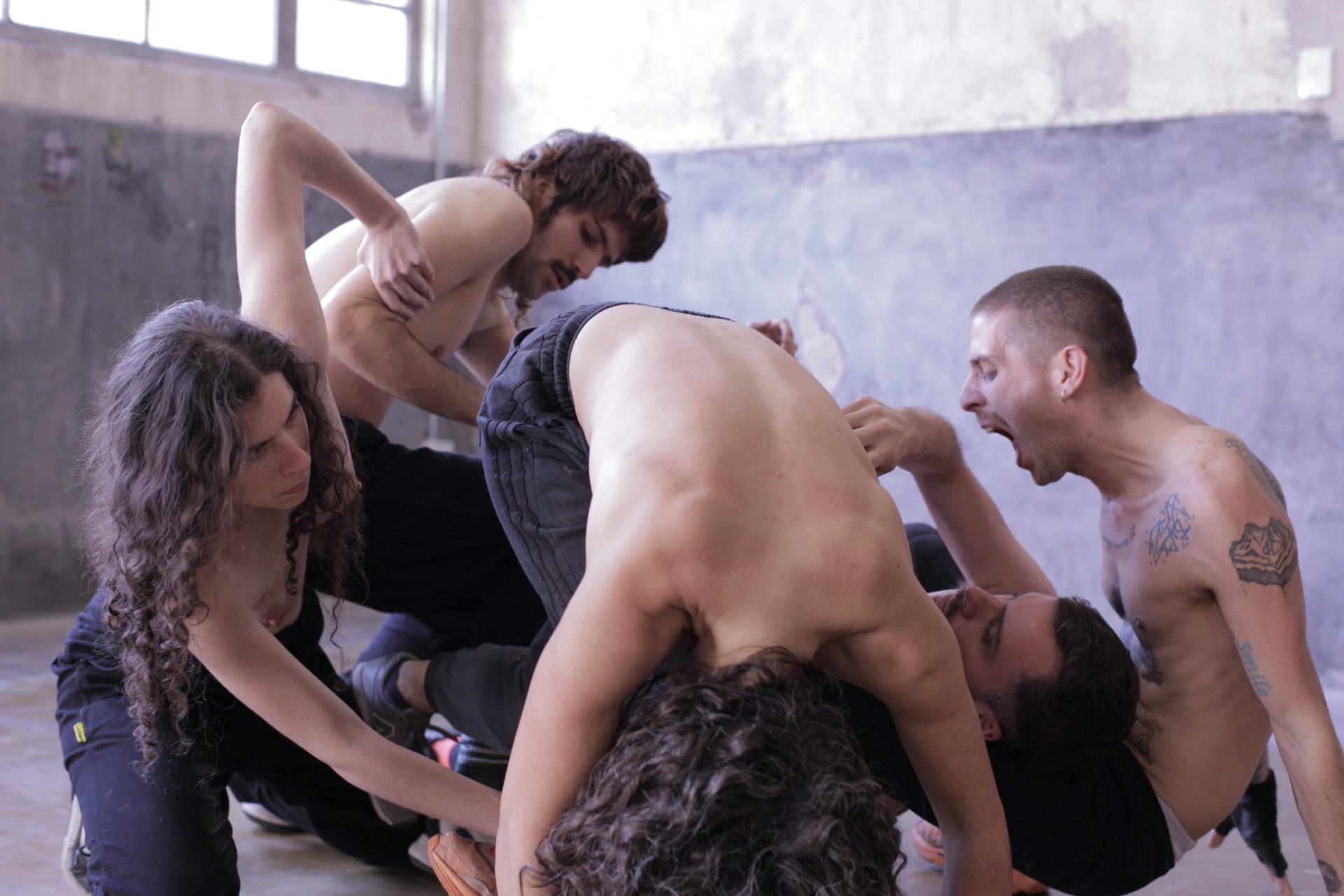Movements of Insistence
12/16/2022
From various techniques and approaches to movement, Alina Marinelli (Buenos Aires, Argentina, 1983) addresses the context of the planetary ecological crisis and anthropocentrism. She is interested in the crossings, the hybrid, the collective, and the relationship between diverse materialities.
Hence, from an expansive and disseminated choreographic practice, Alina develops her work and research together with plants, animals, objects, and other humans. She also participates in self-directed collaborative projects of scenic research and co-directs El Asunto de lo Remoto – performance cycle, the Club Galería de Performance Art project, and the REM (Residencias en Movimiento) program.
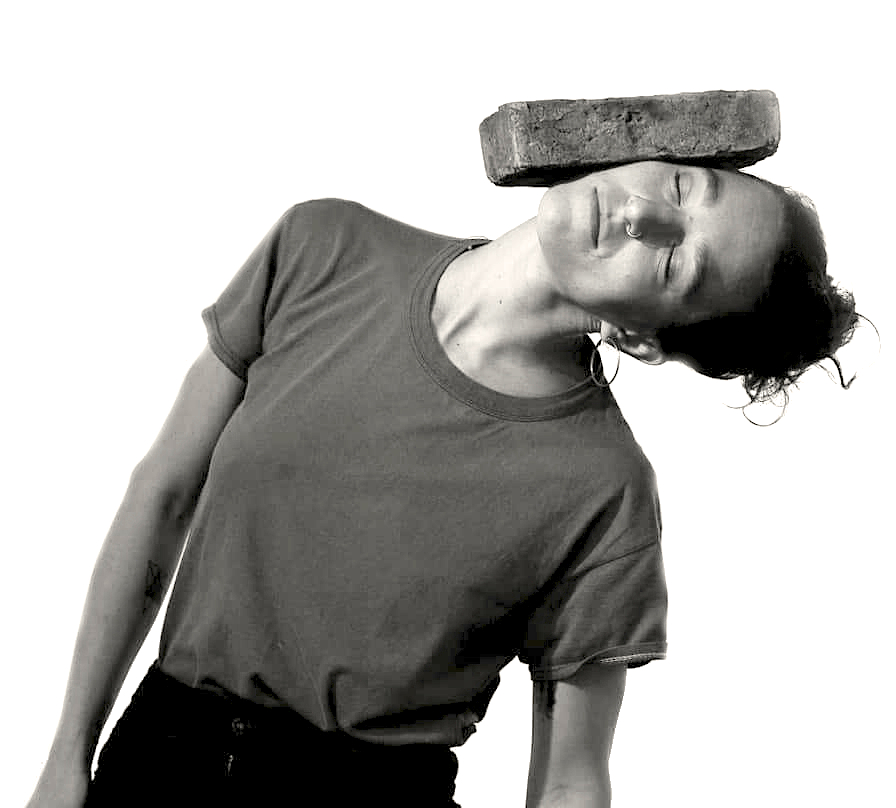
Education
Becoming an artist is something that happened to me without much awareness or decision; maybe it had to do with my extremely curious Geminian nature, my need to experiment, and my attraction for the unknown, which made it a very organic process, intertwined with my daily life. I consider myself to be constantly in the making. It seems wonderful to me how all the learning experiences that I have had since I was a child until today—both in traditional spaces and outside of them—become present at some point in my research and my artistic practice, and enter into dialogue.
It is difficult for me to separate the artistic practice from the pedagogical practice, especially when it comes to artistic expression. Although there are specific contents and conventions to be transmitted, for me, the core of the matter is in the HOW. So, if the focus is there, it becomes an extremely creative and open instance; to expose and share a personal way of understanding, valuation, procedure, and ways to engage with the contents, themes, or materials; to enable, guide, and accompany the processes of others in order to find and enhance subjectivities. Personally, my classes, workshops, or pedagogical instances are for me a space where I study and test certain concerns, collectivizing them and observing their drifts in completely different people. This space, together with the meeting, the collectivization, the practice and thoughts shared with friends and colleagues, are for me instances of constant learning and nurture, where I find answers, certainties, but above all, many new questions to continue adding thickness to what we do.
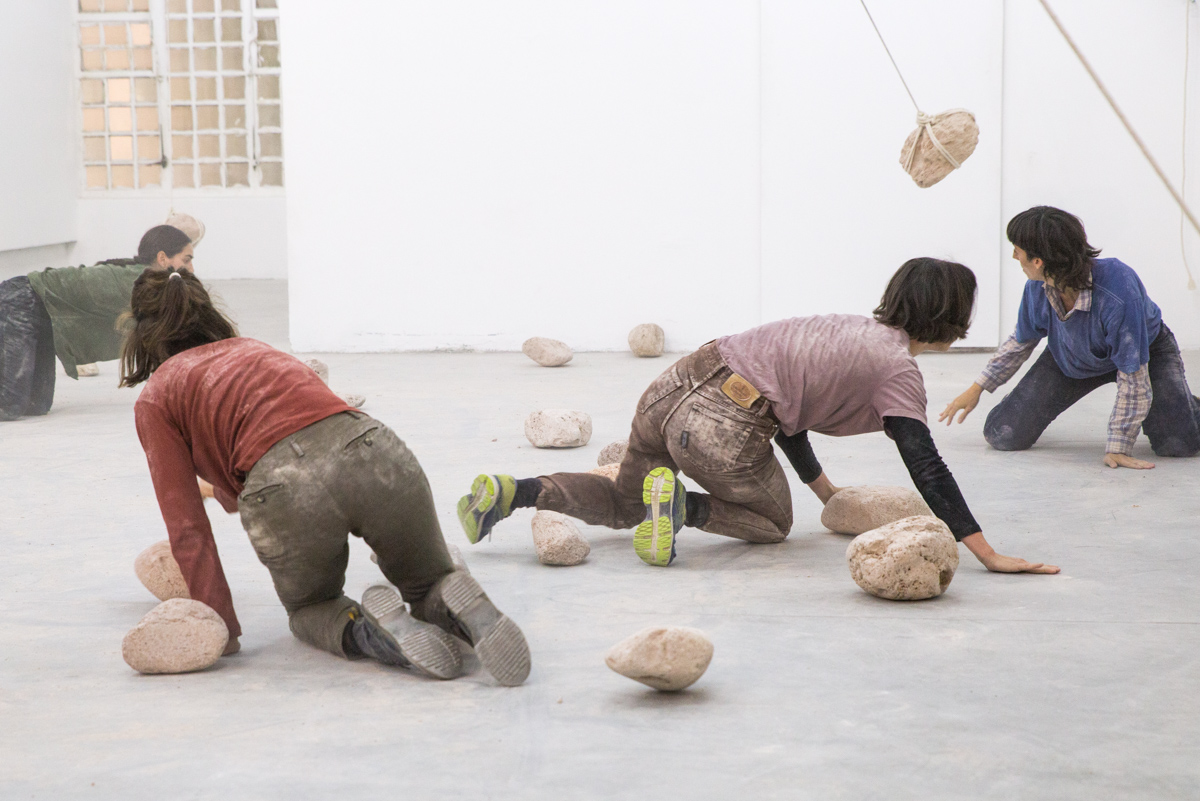



Processes
Although my work, in general, revolves around certain topics or specific concerns, what drives a project can be diverse in nature: an encounter with a text, an image, a particular matter or material, a question. At first, I usually have an initial approach to the thing, an instance where I study it in a more conceptual way, trying to get to the heart of it... Why does it interest me? What does it have? What associations does it propose? From there begins a dialogue between readings, imagination, writings, and practices.
My projects always involve others, no matter the instance, if the thing does not become collective, if it does not bounce from one side to the other nor is it chewed among several, it loses its sense for me. To invite others to research, I produce a sort of translation of what interests me. I imagine-invent some initial physical tests and I start the encounters.
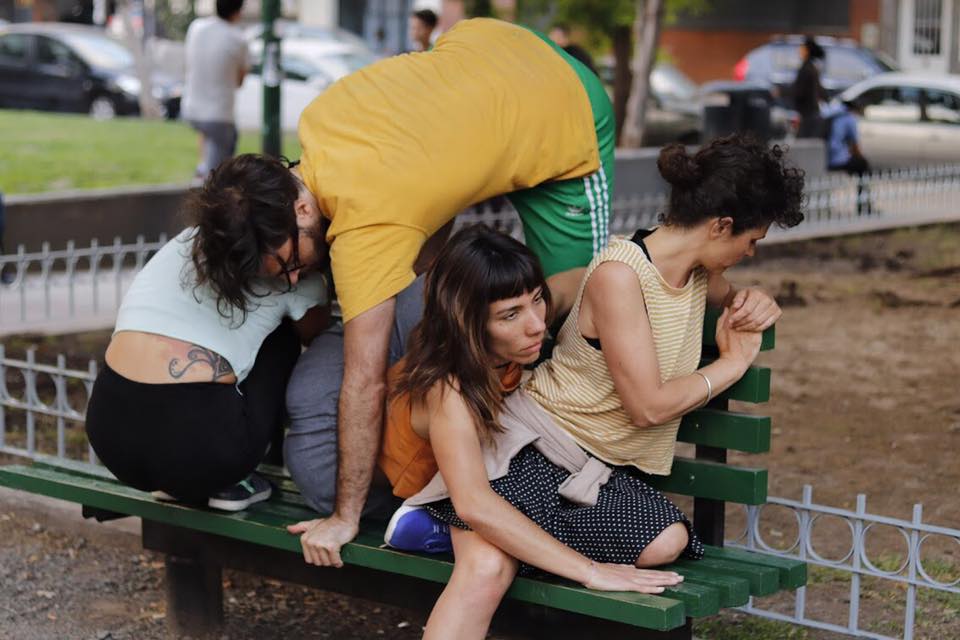
From then on, many different tests and choreographic actions arise between/with us and the materials; however, the proposal is always to retain the impulse of wanting to move on to something else and to insist on what is there, to allow time before discarding it or switching to the next thing. This is something fundamental in my practice, it is what allows us to go a little deeper—talks-thoughts in between—to generate a greater understanding of what we are doing, about what is behind/inside what we are doing, and how we are doing it. We ask questions to each thing that the practice gives back to us—questions to the thing itself and to ourselves.
In this insistence, what follows is to keep on with the exercise of finding variations on these materials. To observe them, to pierce them with something else, one more layer, to move something from its place, but above all, to allow space for it to show us where to continue. In this attempt to generate a certain hierarchical displacement and let the materials speak before arbitrarily imposing an idea, the processes open wide the door to doubt, revision, error as a possibility, and intuition as support.
Projects
I’m working on a choreographic project composed of two scenic pieces as a diptych. In both, two key elements structure the process: the joint work between the human body and a materiality of natural origin, and the study of certain gestures of care. In one of them, the materiality is a group of 45 large pumice stones; in the other, it is a large portion of fresh water. In the former, the gestures addressed are sustaining and building, and in the latter, containing and preserving.
My work, the projects I have been developing in recent years, relate-react to the anthropocentric context and the planetary crisis that we are living in. What guides and articulates each research are thoughts, questions, desires, and attempts to generate a practice that enables and invites observation and reflection on the way we relate to our surroundings from an ecofeminist perspective.
Although each research has its specificity, particular materialities and pulls, a common trait that runs through them is a strong interest in the MODES: How do we do what we do? How do we say what we say? The HOW, I believe, is the key to building a society, a different way of being in the world.
The 'body of work' is a way of naming the endless time dedicated to the study, exploration, testing, and reflection based on a personal interest and universe. To develop it speaks of great openness, as well as of a certain reduction or concrete direction. There are a series of decisions to be made that require deep involvement, and where there is involvement, there is probably learning and transformation too. On the other hand, on a personal level, since I am interested in collective making and among differents/differences, this space of crossing and encounter is also a space for revision and learning.
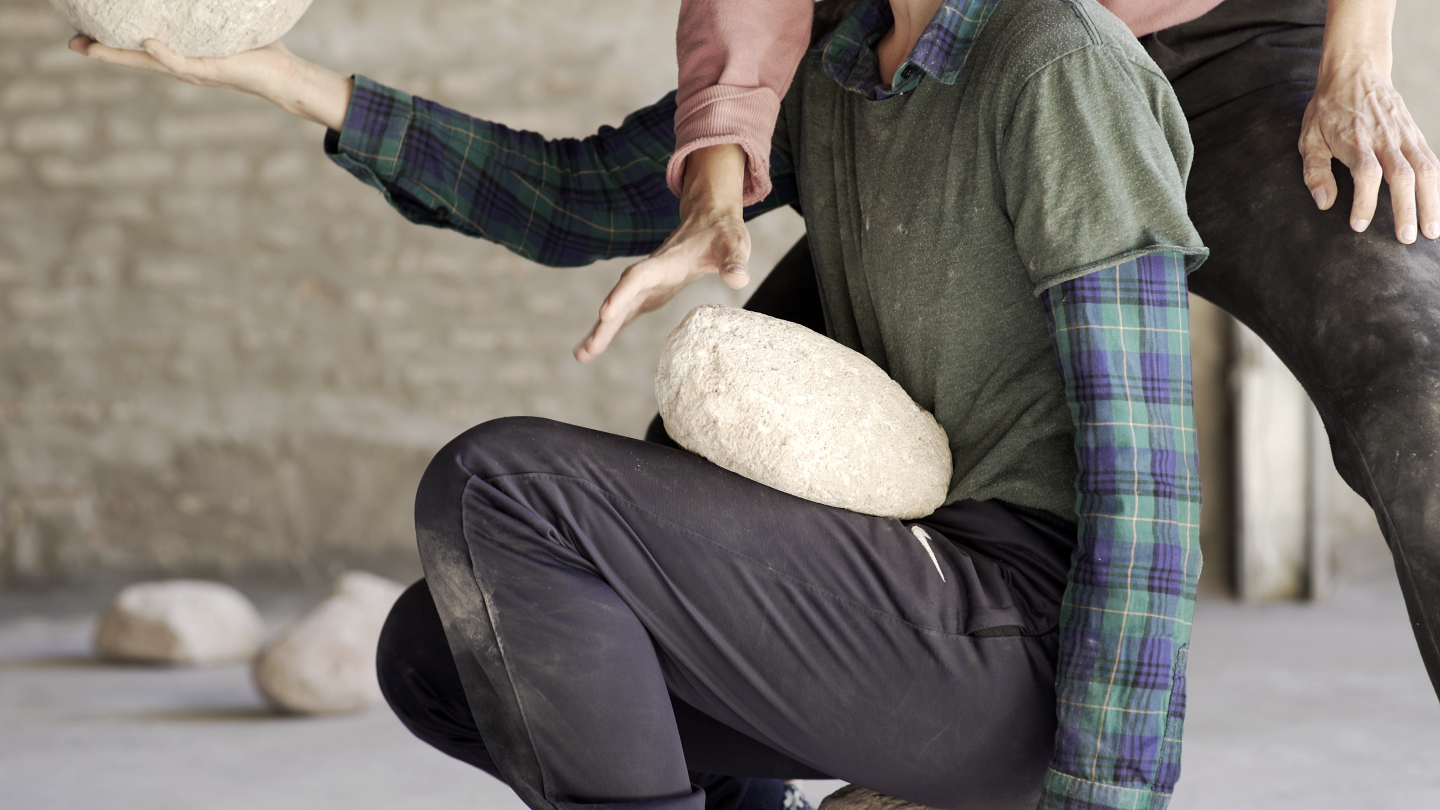

Contexts
My practices are always situated; in them, the idea of the public takes up a large space. Generally, they arise from particular observations or concerns about the field of relationships (human and non-human) to generate a proposal for reflection and creation regarding individual attention and collective decisions and actions. At the same time, although they may address or touch on common issues, part of their process is to make the journey from the macro to the micro, to contextualize the experience, to bring it closer to us.
To look for a way to approach this that makes sense with our daily lives, with what happens to us here and now, being where we are and who we are, with the possibilities at hand. For this, it is essential that it be an expanded research, to include experiences that encompass and traverse all spheres: from the intimacy of a study room to experiences in public spaces, from designed practices to spontaneous day-to-day experiences.
